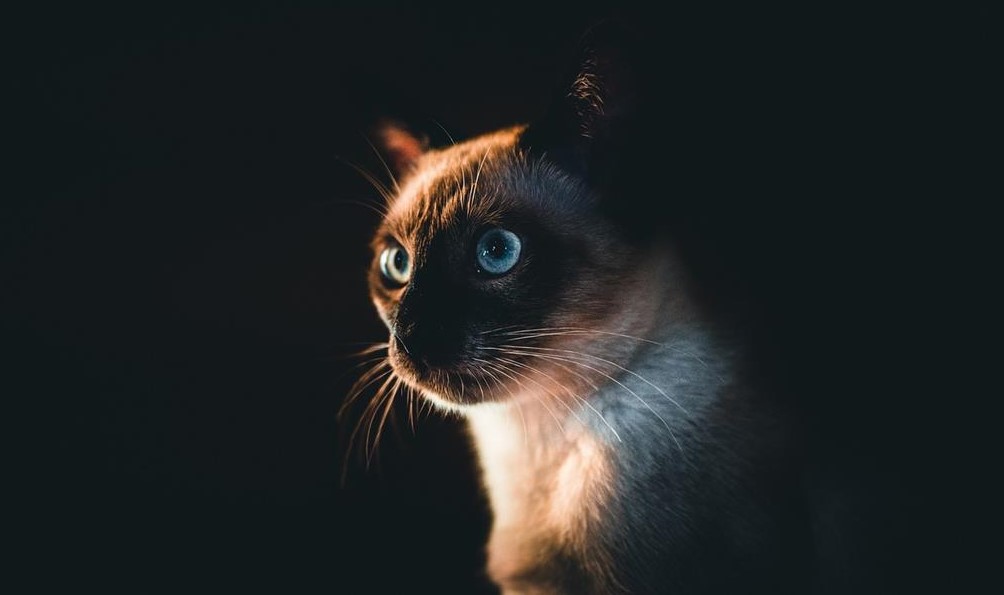Ragdoll cats are renowned for their gentle and affectionate nature, often referred to as “dog-like” due to their tendency to follow their owners around and seek companionship. However, like all pets, Ragdoll cats can experience behavior issues that might challenge their owners. In this article, we’ll explore some common Ragdoll cat behavior problems and offer insights into how to effectively address and manage them.
Common Ragdoll Cat Behavior Problems
- Litter Box Issues: Ragdoll cats are generally meticulous about their litter box habits. However, some may develop litter box aversions due to factors like an unclean box, improper placement, or medical issues. Inappropriate elimination can be a sign of stress, illness, or dissatisfaction with the litter box environment.
- Scratching Furniture: Scratching is a natural behavior for cats, but when your Ragdoll starts targeting furniture, it can become problematic. Providing scratching posts, pads, and regular nail trimming can redirect this behavior while protecting your furniture.
- Aggression: Ragdolls are known for their friendly disposition, but they can exhibit aggression under specific circumstances. This could be due to fear, territorial disputes, or pain. Consulting a veterinarian or animal behaviorist can help identify the cause and implement appropriate solutions.
- Excessive Vocalization: While Ragdolls are generally quiet cats, some individuals may become excessively vocal. This can stem from boredom, anxiety, or the need for attention. Spending quality time with your cat, engaging in play, and creating a stimulating environment can help reduce vocalization.
- Separation Anxiety: Ragdolls are social cats that form strong bonds with their owners. Separation anxiety can occur when they’re left alone for extended periods. Gradually increasing the time they spend alone and providing enrichment can help them adapt to your absence.
- Destructive Behavior: Destructive behavior, such as chewing on cords or knocking things over, can arise from boredom or anxiety. Offering toys, puzzles, and engaging activities can divert their attention from destructive tendencies.

Addressing Ragdoll Cat Behavior Problems
- Consult a Veterinarian: Before addressing behavior problems, ensure your Ragdoll is in good health. Some issues might be rooted in medical conditions that need treatment.
- Positive Reinforcement: Use positive reinforcement techniques to encourage desired behaviors. Reward your cat for using the litter box, scratching appropriate surfaces, or remaining calm in situations that used to trigger aggression.
- Environmental Enrichment: Create an enriching environment with toys, scratching posts, climbing structures, and hiding spots. Interactive playtime engages their instincts and helps prevent boredom-related issues.
- Consistency and Routine: Establish a consistent daily routine for feeding, play, and social interactions. Predictability can help reduce stress and anxiety.
- Behavioral Training: Consider consulting a professional animal behaviorist if problems persist. They can provide tailored strategies to address specific issues and modify undesirable behaviors.
- Patience and Understanding: Remember that changing behavior takes time. Be patient, and avoid punishment, as it can worsen anxiety and create more problems.
FAQs on Ragdoll Cat Behavior Problems
1. Why is my normally gentle Ragdoll cat suddenly displaying aggressive behavior?
Sudden aggression in Ragdoll cats could be triggered by fear, pain, or territorial disputes. It’s essential to rule out any underlying medical issues and consult a veterinarian or behaviorist to identify the cause and implement appropriate solutions.
2. How can I prevent my Ragdoll cat from scratching my furniture?
To prevent furniture scratching, provide your Ragdoll cat with designated scratching posts and pads. Place these near their favorite spots and use positive reinforcement to encourage them to use these surfaces.
3. Why is my Ragdoll cat excessively vocalizing?
Excessive vocalization in Ragdolls can result from boredom, anxiety, or the need for attention. Engaging in interactive play, creating an enriching environment, and spending quality time with your cat can help reduce excessive vocalization.
4. What should I do if my Ragdoll cat has litter box problems?
Litter box problems can stem from factors such as an unclean box, improper placement, or medical issues. Ensure the litter box is clean, accessible, and suitable for your cat’s preferences. Consult a veterinarian if the issue persists.
5. Can separation anxiety affect Ragdoll cats?
Yes, Ragdoll cats are social animals that can experience separation anxiety when left alone for extended periods. Gradually increase the time they spend alone, offer enriching activities, and consider providing companionship through another pet or a calming pheromone diffuser.
6. How can I address destructive behavior in my Ragdoll cat?
Destructive behavior may result from boredom or anxiety. Provide engaging toys, puzzle feeders, and interactive play to keep your Ragdoll mentally stimulated. Redirect their attention to appropriate activities and surfaces.
7. What should I do if my Ragdoll cat’s behavior problems persist?
If behavior problems persist despite your efforts, it’s advisable to consult a professional animal behaviorist or veterinarian who specializes in feline behavior. They can assess the situation, identify underlying causes, and provide personalized solutions to address your Ragdoll cat’s specific behavior issues.
Conclusion
Ragdoll cats’ behavior problems can be managed effectively with patience, understanding, and the right strategies. Identifying the underlying cause and implementing appropriate solutions will help ensure your Ragdoll’s happiness and strengthen the bond you share. By addressing behavior issues, you can create a harmonious and enriching environment for both you and your beloved feline companion.
Related Post:
Do Ragdoll Cats Scratch Furniture?
Understanding the Signs: How to Tell if a Ragdoll Cat Has Diseases



